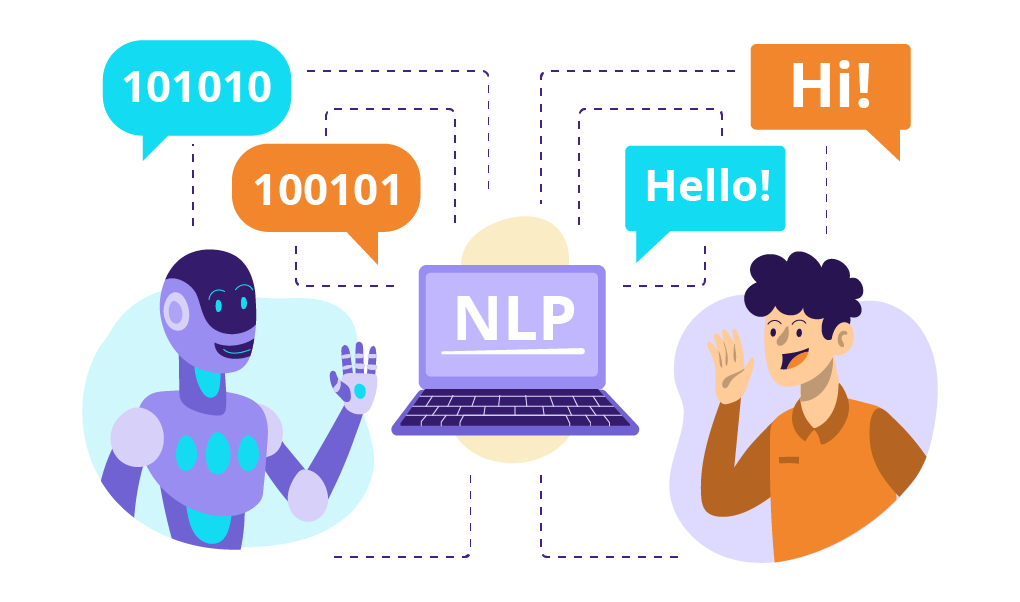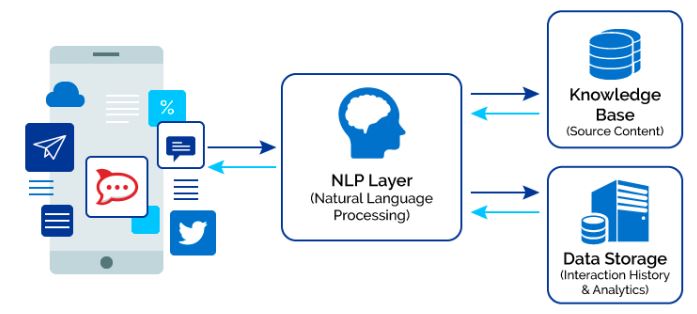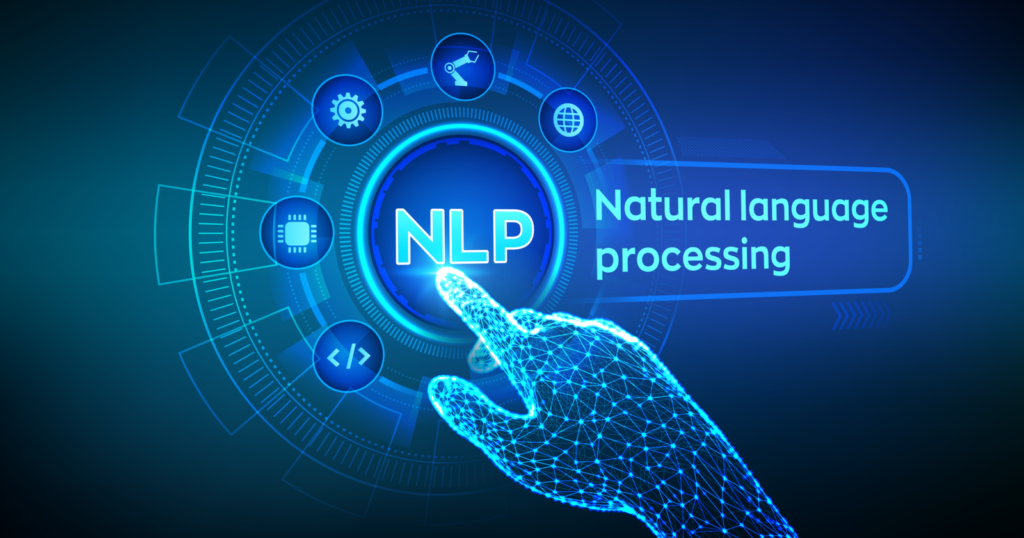In today’s technology-driven world, the term natural language processing (NLP) is making waves. NLP pertains to the capacity of computers to comprehend, decipher, and even produce human language, paving the way for innovations such as chatbots and other artificial intelligence tools.
NLP, or natural language processing, is a field of study that focuses on the interaction between human language and computers. It involves using computational techniques to analyze, understand, and generate human language.
In this blog post, we will explore what NLP is, how it works, and some of its applications in the real world.
Related: In the Age of AI: A Beginners Introduction to Artificial Intelligence
Understanding NLP
NLP is a complex field that involves a wide range of techniques and approaches. At its core, however, NLP is all about understanding language. This involves breaking down language into its component parts and analyzing each part to understand its meaning.
One of the key challenges in NLP is dealing with the ambiguity of language. Words can have multiple meanings depending on the context in which they are used. For example, consider the word “bank.” Depending on the context, it could refer to a financial institution, the side of a river, or even a place to sit. NLP algorithms must be able to understand the context in which a word is used in order to accurately interpret its meaning.

Another challenge in NLP is dealing with the vast amount of data involved. Language is incredibly complex, and there are millions of words, phrases, and sentences to analyze. NLP algorithms must be able to process this data quickly and efficiently in order to be useful.
How NLP Works
NLP algorithms use a variety of techniques to analyze and understand language. These techniques include:
- Tokenization: Breaking text into individual words or “tokens.”
- Part of speech tagging: Identifying the grammatical structure of each word in a sentence.
- Syntax analysis: Analyzing the structure of a sentence to understand its meaning.
- Semantic analysis: Understanding the meaning of words and phrases in context.

NLP algorithms can be trained using machine learning techniques. This involves providing the algorithm with a large amount of data and allowing it to learn patterns and relationships within the data. Once the algorithm has been trained, it can be used to analyze new data and make predictions or classifications.
Related: What is Hugging Face: An Open-Source NLP Library
Applications of NLP
NLP has a wide range of applications in the real world. Here are just a few examples:
- Language translation: NLP algorithms can be used to translate text from one language to another.
- Chatbots: NLP algorithms can be used to power chatbots, which can interact with users using natural language.
- Search engines: NLP algorithms are used by search engines to understand the meaning behind search queries and provide relevant results.
- Sentiment analysis: NLP algorithms can be used to analyze social media posts, customer reviews, and other forms of feedback to understand the sentiment of the writer.
- Speech recognition: NLP algorithms can be used to transcribe spoken language into text.
Conclusion
Whether you’re using a chatbot to get help with a customer service issue or using a language translation app to communicate with someone from a different country, NLP is all around us. As technology continues to advance, we can expect to see even more exciting applications of NLP in the future.
Discover more from Dignited
Subscribe to get the latest posts sent to your email.












